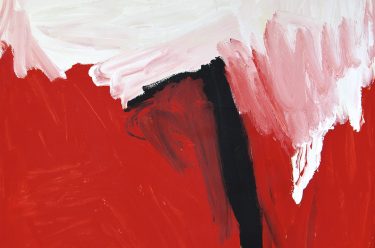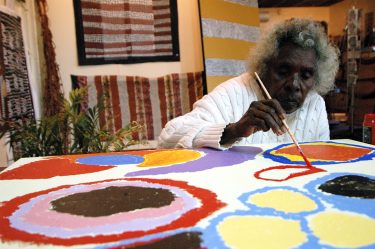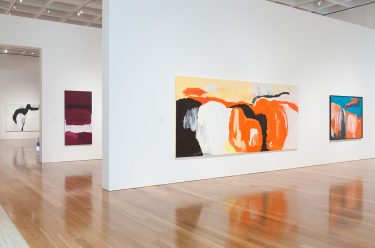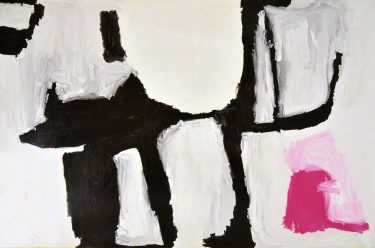Sally Gabori paints her father’s country
Mirdidingkingathi Juwarnda Sally Gabori’s depictions of her homeland are abstract in nature, but retain representational elements which map traditional country and cultural identity in monumental paintings. Thundi (or Thunduyi) is her father’s Country, adjacent to a river near the island’s northern tip, which runs parallel to a ridge of tall sandhills that skirt its north-eastern…
Continue reading » “Sally Gabori paints her father’s country”




